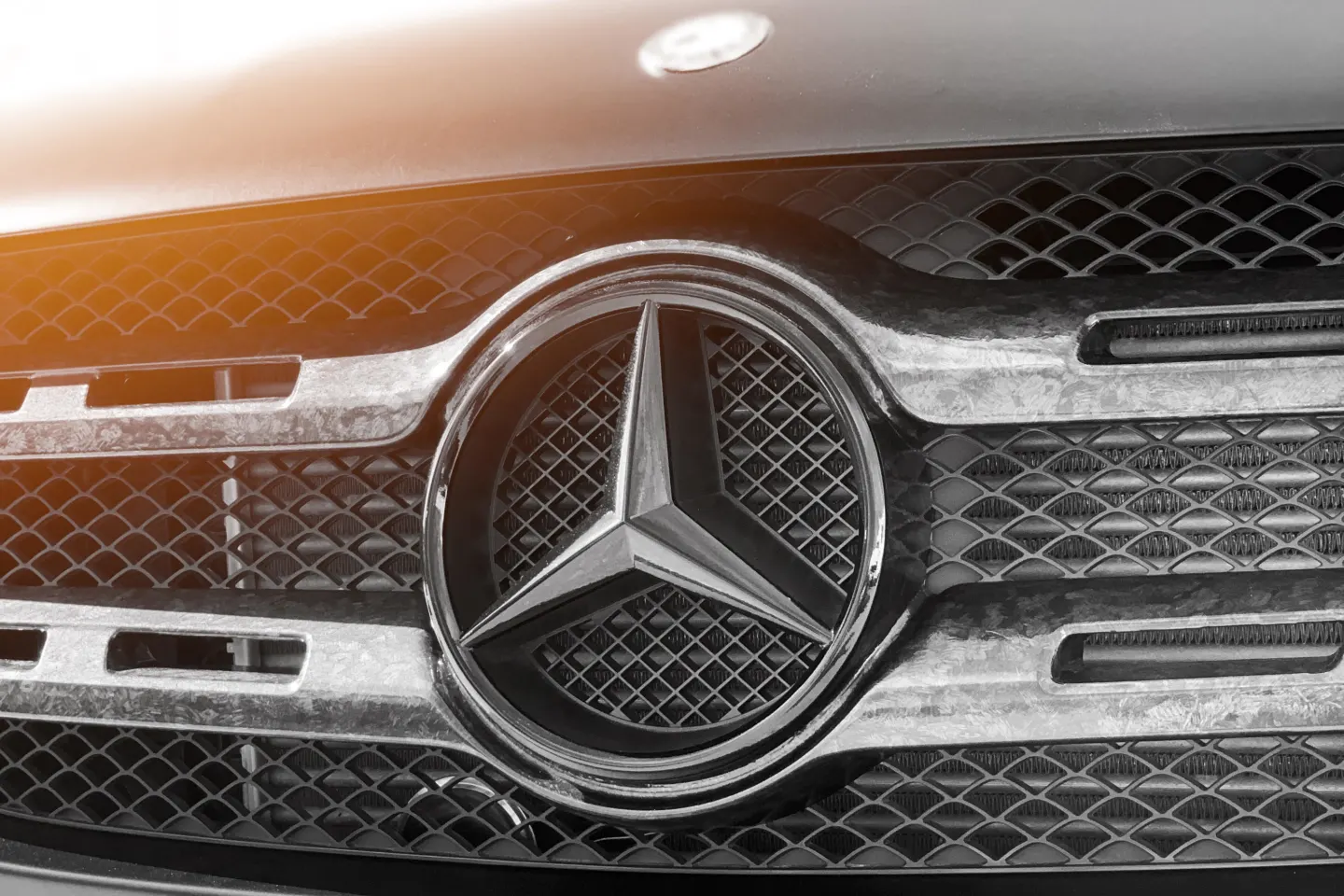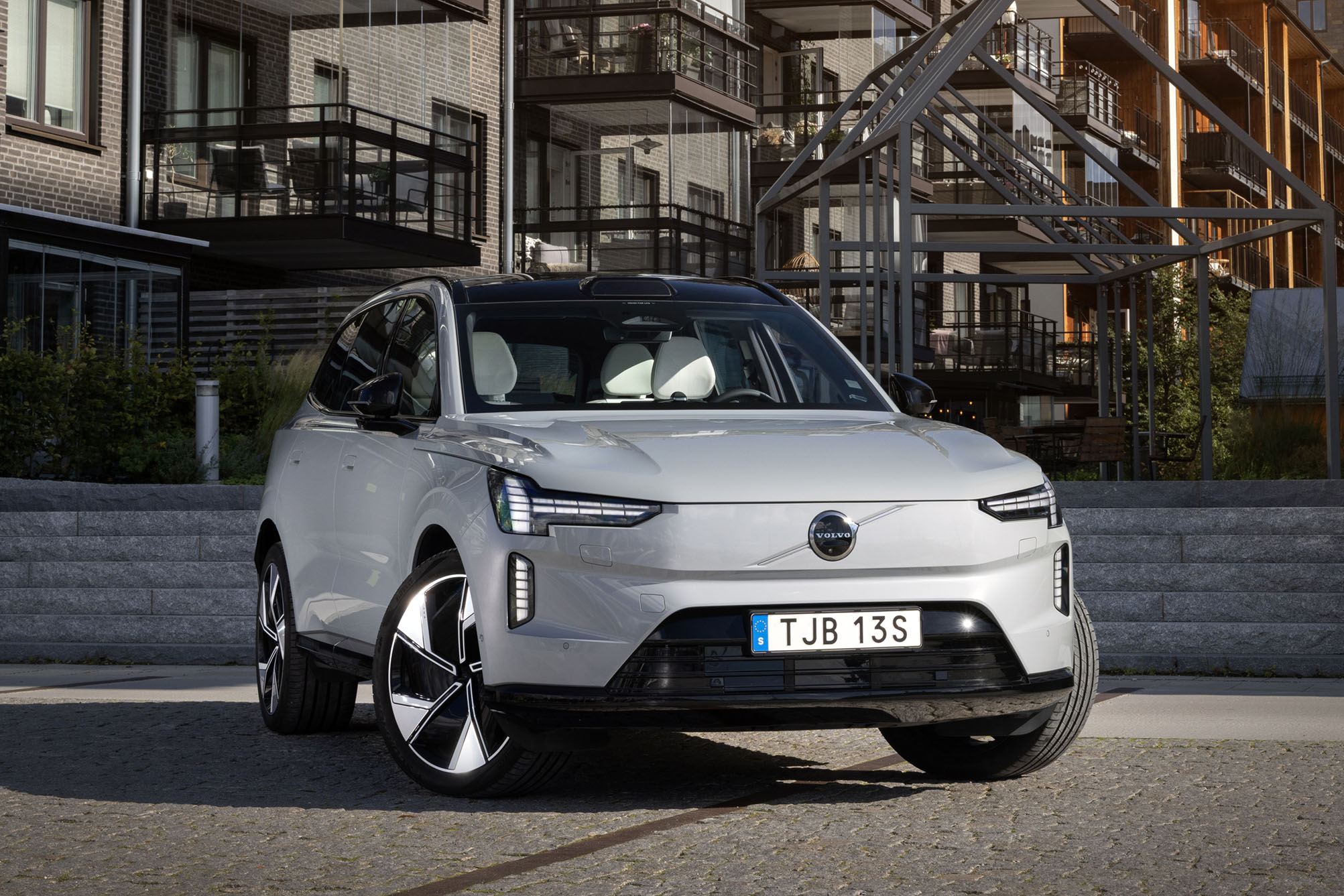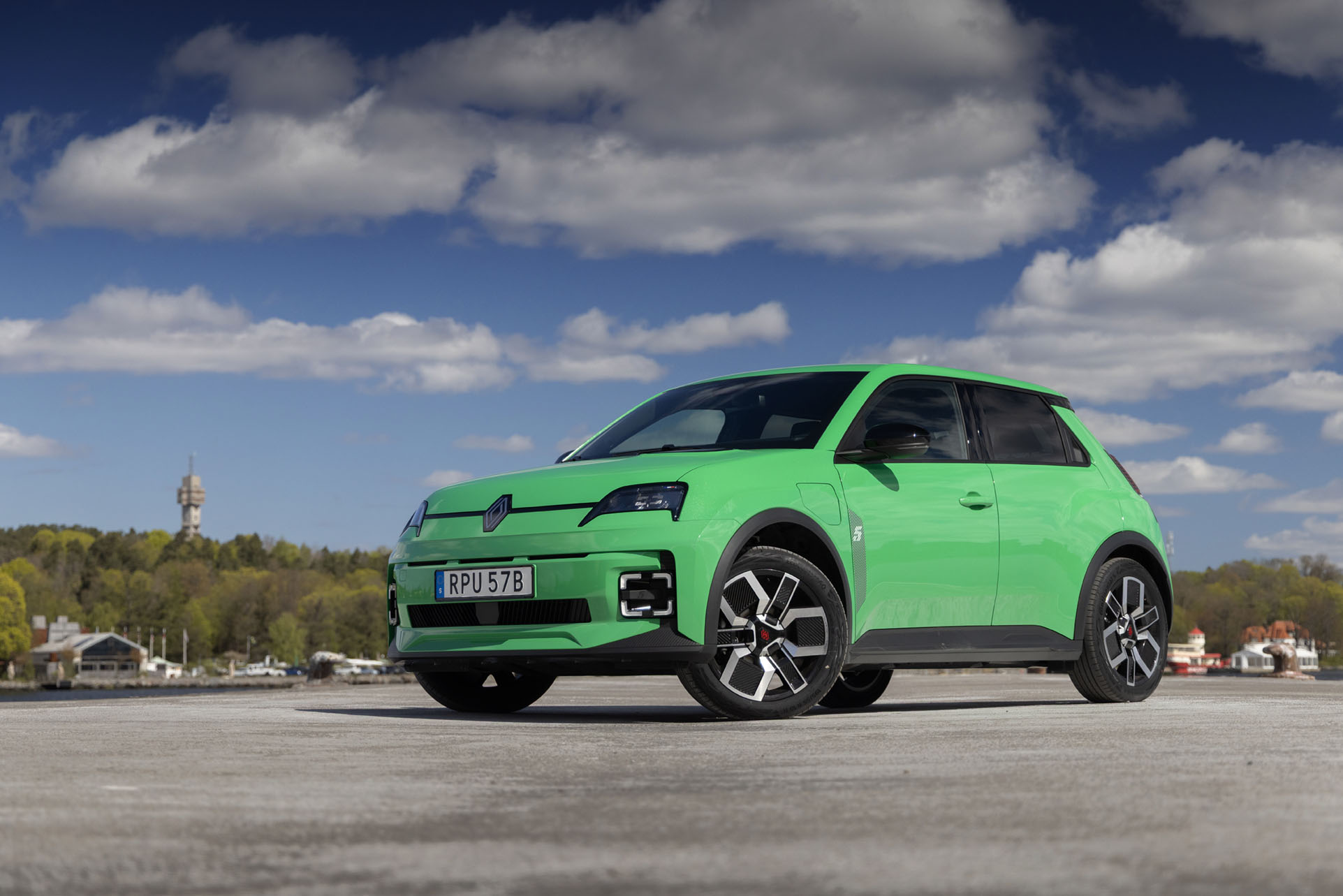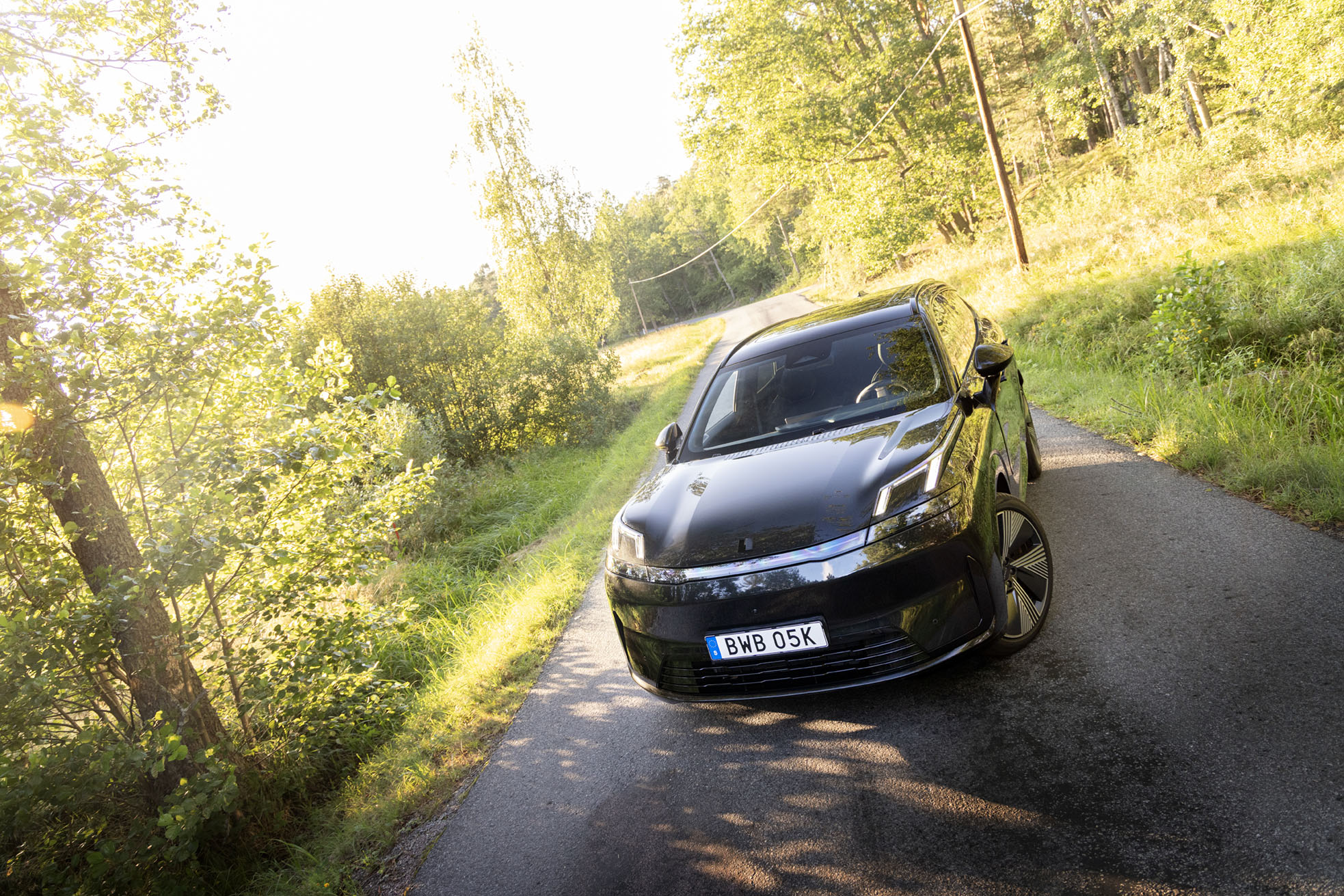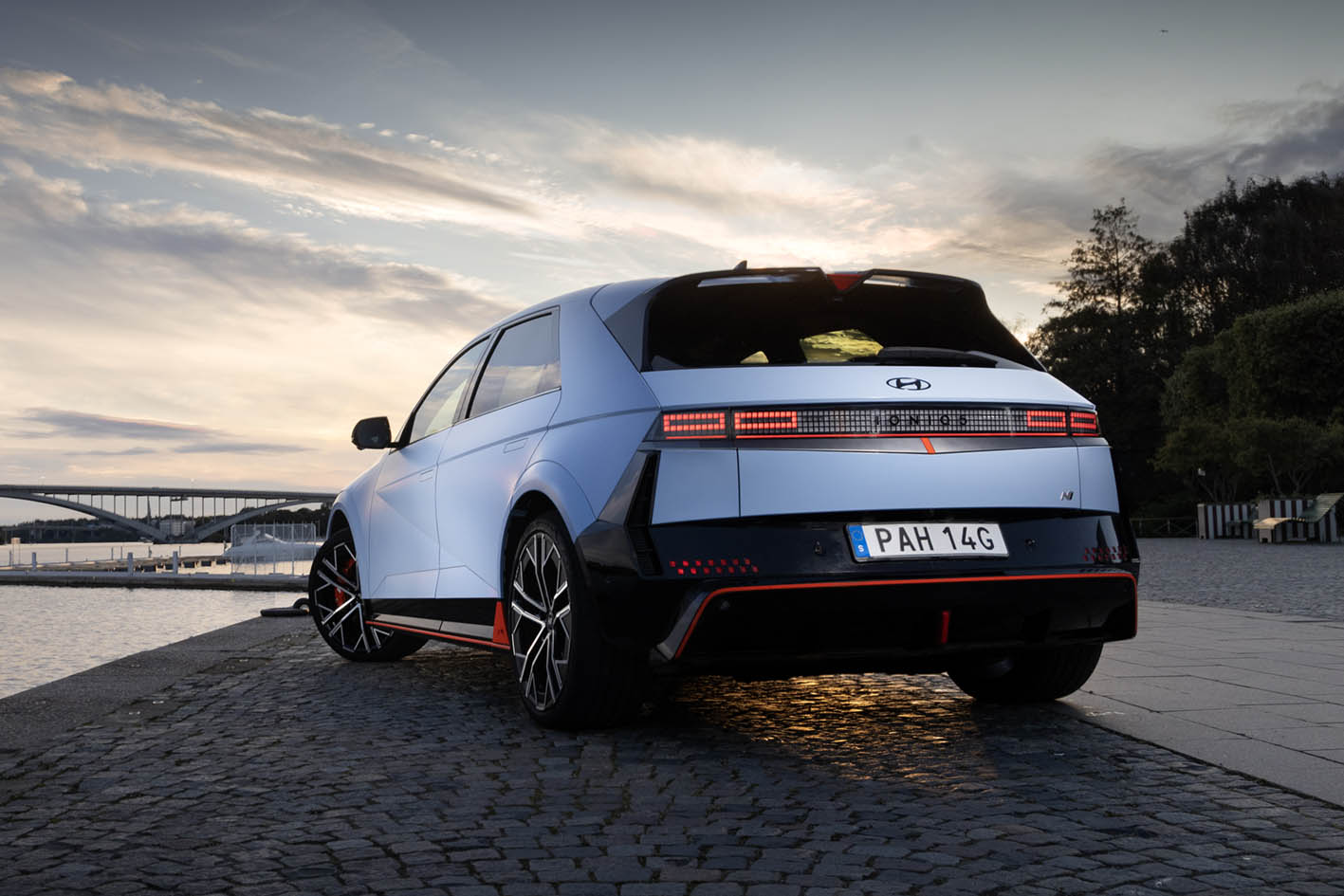This article was originally produced on 17 June 2019, some facts and prices may have changed since then.
Mercedes X-Class project - Chapter 1
How idea and dream turned into action and reality.
To be completely honest and answer why I drive a pickup truck, the answer is that I don't drive heavy rocks every day in my job... However, I do use the bed of the truck a lot when I work as a photographer. The ability to sit on the bed and take pictures and to quickly get on it to get higher up is invaluable to me. But also the security of always knowing that you can get to and from work regardless of the weather or road conditions has become invaluable to me. If you want to combine these requirements on a car, there is only one option left and that is a pickup truck. Hence my choice. Of course, the fact that it counts as a work vehicle and is therefore easier to manage financially for my company also plays a role. That I then chose to rebuild the cars I had simply has to do with the fact that you easily disappear in the crowd if you do not attract attention.
It started with Volkswagen's Amarok pickup truck, of which I had four copies. I had been looking at this car for a long time but did not really understand the benefits other than that it was very tough. When I was offered a discounted Amarok via Volkswagen Sweden, I took it and everything, at least most of it, fell into place when I got it delivered. It was both comfortable and spacious and really good even in bad road conditions and terrain. What was missing and was first addressed with my second Amarok was to understand how to get the beefy look. At first I thought it was enough to get a front arch with extra lights and bigger tyres but it was not that simple. The Trucker company provided me with the front arch and lights, but in order to solve the problem with larger tyres, some changes had to be made. The car needed to be both raised and have a larger fender width so that the tyres would not stick out. Something I didn't fully understand at first and never managed to do on my first Amarok. I only realised this when I first became aware of the Delta 4×4 company and came into contact with OCL Brorssons, the importer of Delta 4×4 products. In connection with that, I decided to upgrade to a new Amarok, still four-cylinder but with an update in the form of new LED headlights in the front. OCL stepped in as a sponsor and helped me rebuild the car with the Delta 4×4 products, which included a damper upgrade, fender flares, rims and side steps, and front arch. The lights on my second Amarok came from American Vision X and were distributed by RindAB who I got in touch with in connection with a car fair. The result was exactly as I wanted and seen other Amaroks have.
To really stand out, I chose to foil the entire car according to my own design. A theme inspired by Volkswagen's WRC car but reformatted to not look copied. For this I used the graphic artist and graffiti painter Gorm Boberg from Gothenburg who made the final design of my ideas. The work on the foiling itself was done by Andreas at WrapZone. In my opinion, this was the coolest Amroken I had that got a lot of attention in different contexts!
What was missing and was finally updated on the Amarok was the engine and some other things when it got a 3-litre V6 engine. With this, I once again updated the car and was among the first Swedish customers to get my Amarok V6. In addition, I was the first Swedish customer to pick up my Amarok at the factory in Hanover. From there I drove directly down to Delta 4×4 outside Munich where they rebuilt it with the previously mentioned kit. This time I also updated the hatch for the bed with the Black Sheep Innovations insert that gives you a couple of smart storage compartments inside the hatch. Once the modifications were complete, I drove up to the Nürburgring and took a couple of laps with the car on the North Loop. Without exaggeration, I can say that this was the first Amarok V6 Delta 4×4 edition to run on the Ring.
With the passage of time and especially my last two Amaroks of the then three, I had had a consistent problem. When people contacted me out of interest and wanted to buy and make similar upgrades to their Amaroks, it was difficult to recommend where and who they could turn to to do this type of work. OCL Brorsson and RindaAB did not really do any installations of their products for end customers, but it was done especially for me. So when I came into contact with Keltech in Enköping, which had the expertise for this type of construction, it was a real boost for me. Now someone could rebuild my cars and at the same time take care of the people who contacted me with the same wishes. A new Amarok V6 was purchased and rebuilt. For various reasons, this build was a disappointment that was not what I had hoped for. Exactly why, however, I will not go into in order not to mention any names unnecessarily. The most important thing is that it was not about the end result or the car itself, but how the work with foiling and modifications was handled. Since then a lot of things have changed and will not have to happen again. A longer article about this Amarok that has been published before on Enliven can be read at this link (https://www.enliven.co/stories/automotive/volkswagen-amarok-v6-delta-en-amarok-med-extra-allt)
In the wake of the disappointment with my last Amarok V6, I had started looking at other brands. Of course it would be cool to have a full-size pickup truck like a Ram or F-150, but it's difficult in a city like Stockholm and especially when a gentleman like Daniel Helldén is allowed to run free and who seriously believes that the vehicle of the future for everyone is a bicycle... But let's not lose the thread because of this power-abusing person, but let's stick to the subject. On a trip to Italy to complete material for the book "Gran Turismo - Big book about Italy" I made together with Peter Ternström, I borrowed the Gran Turismo Events Mercedes G350. I had both driven and ridden in the G-Class before but did not realise its value. But after twelve days on the Italian roads in this black tin box that you either hate or love, my heart was sold. The welcome and well-being one experiences in a Mercedes Geländewagen is something very special and out of the ordinary. However, there is a big problem with it if you are going to work and photograph from it. The tailgate or door in question is of the side-hung variety and is thus always in the way in one direction when you have it open. I started looking at the short cabriolet version but with a starting price for a second-hand one of around €75,000 it was not quite optimal. A new G500 convertible of the "Finale Edition" would go for around 350 000€. So with those figures and knowing that such a car wouldn't fit into my business in the same way as a pickup truck, I reluctantly realised that this wasn't the way to go to drive a car with the star on the front.
Mercedes presented the X-Class 2017 but then with a 2-litre diesel engine. I test drove this car myself but was not particularly impressed. There was too much in it that reminded me of the original car on which the X-Class was built, namely the Nissan Navara. Therefore, the X-Class never felt like an interesting model at first. But when the V6 update came in 2018, something happened and suddenly the X-Class became interesting. On this link you can read my test of the X350 published on Enliven. (https://www.enliven.co/stories/automotive/mercedes-x-klass-v6-en-hantverkares-rullande-stjarna) I started a dialogue with Mercedes Sweden which at first did not seem so promising because they had to prioritize other things than my proposal for a collaboration. But after a long email where I described my proposal in more detail and what I could offer, the door opened a little. I was told that it would be a long process and that a car would not be available until the middle or end of the summer. No problem for me, of course, but the dream of starting the 2019 Gran Turismo Events season in an X-Class had been on the back burner. Then something happened at Mercedes and things went very fast. I received an email to contact Sebastian Karlsson at Vehobil in Segeltorp and two hours later I was standing there with a contract for a new X350 in my hand. Three weeks later, it was time for delivery, which was handled superbly by Sebastian!
To be continued.
Captions.
amarok1: My first Volkswagen Amarok. Almost standard with the exception of the front arch with LED ramp, wind deflectors for the hood and windows and slightly rougher tyres. The fenders, roof and chrome details had been foiled matt black.
IMG_4323: The possibility to work from the lorry is invaluable to me in my work. Like here during a photo shoot of a very unique Maserati MC12 Corsa at the Nürburgring during Gran Turismo Events. The same car was later put up for sale for 22.5 million SEK.
amarok2: The second Amarok I had was modified with Delta 4×4 parts and lights from Vision X. The decor was inspired by Volkswagen's WRC car and designed by graphic artist and graffiti painter Gorm Boberg from Gothenburg.
DSC00786: I was the first Swedish customer to collect my Amarok V6 from the factory in Hannover. I was also among the first Swedish customers to have the Amarok V6 delivered.
DSC01673: Immediately after the delivery of my Amarok V6, I drove to Munich and Delta 4×4 where the car was modified.
DSC01669: As this was the first Amarok V6 that Delta 4×4 got their hands on, some things had changed since the previous model. No problem for technician Hans, who has worked at Delta 4×4 for several years and knows how to solve problems of this type.
DSC01608: While Delta 4×4 was rebuilding the car, Thomas from Black Sheep Innovation modified the hatch to the bed for their insert that gives you storage compartments in the hatch.
DSC01730: The final result for the modification of the hatch to the flatbed is incredibly good. Thomas, the man behind Black Sheep Innovations, is from Switzerland and it shows in the quality of his products.
DSC01981: After the rebuild at Delta 4×4, I drove straight up to the Nürburgring where I did a couple of laps on the classic Nordschleife.
amarok3_ringen: Despite its size and height and with larger tyres, the Amarok behaves quite well on the North Loop.
amarok3: The third Amarok with the new V6 engine was very successful and had a raw look.
amarok4_2: Despite some hassle and disappointment during the modification of the fourth and last Amarok, the end result was good. Getting in touch with Keltech and being able to recommend people there who also want to rebuild their cars has meant a lot.
_DSC0048: After almost two weeks with the Gran Turismo Events G-Class, something happened and my heart began to beat extra hard for cars with a star in the front. The Geländewagen is a car you either hate or love. I definitely do the latter.
IMG_8430: From what seemed to be a long drawn out process, it all came together and suddenly I was standing at Vehobil in Segeltorp with a signed purchase agreement for a new X350.
IMG_9064: The delivery of my new X-Class was handled excellently by Sebastian Karlsson at Vehobil. A new era with Mercedes started with this.
